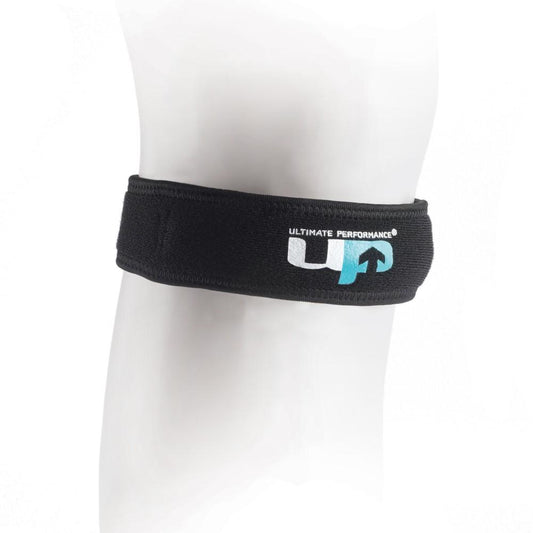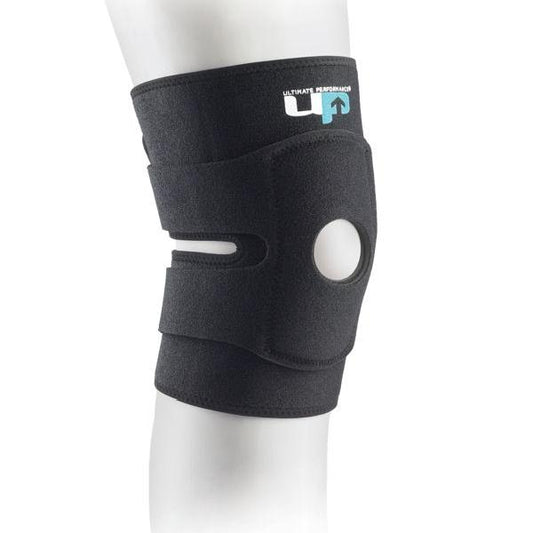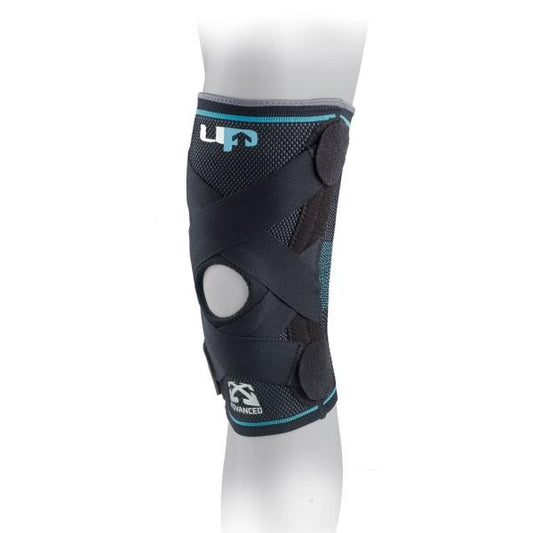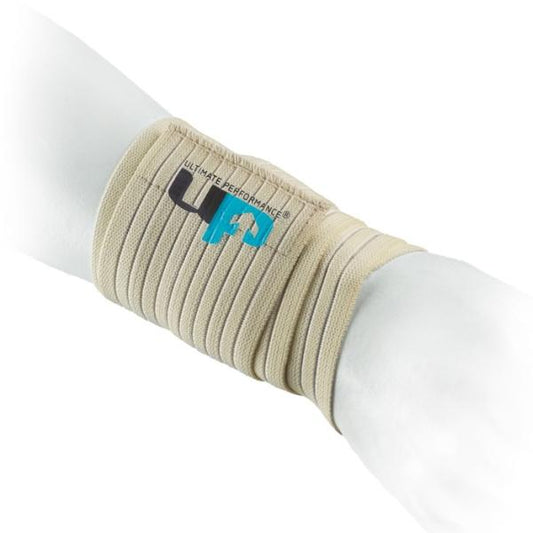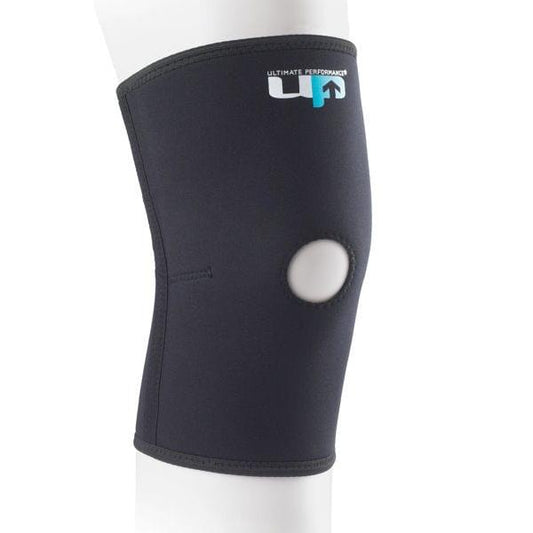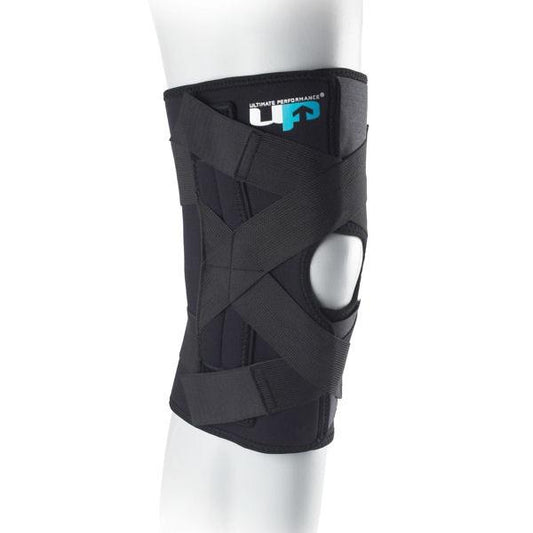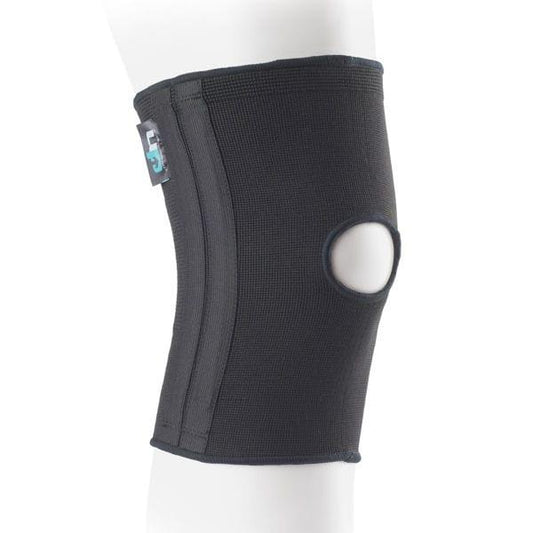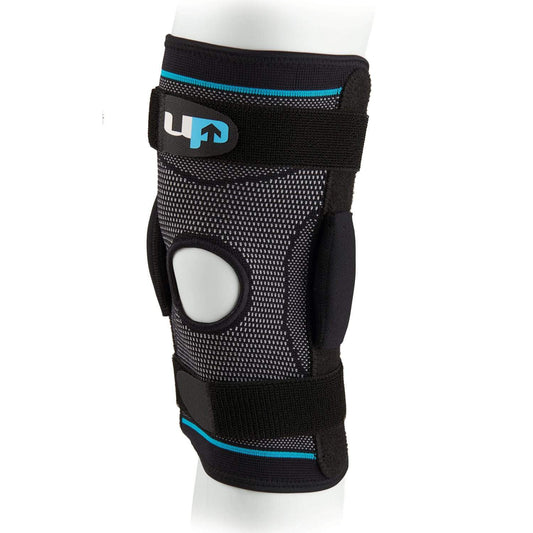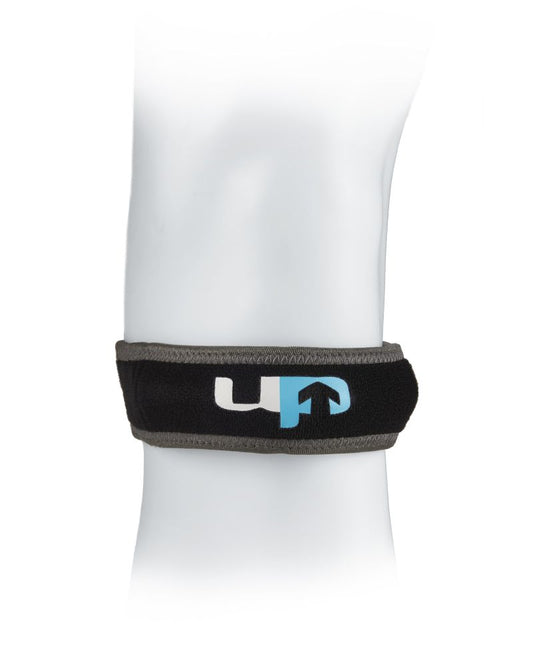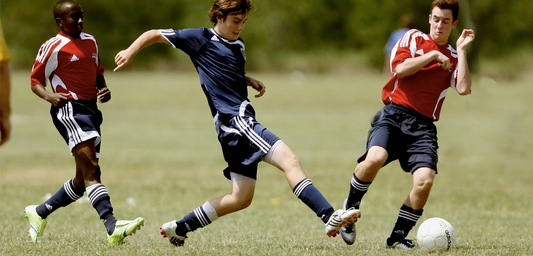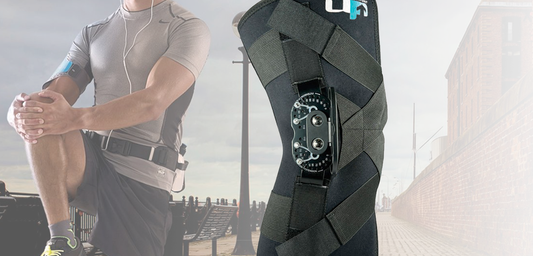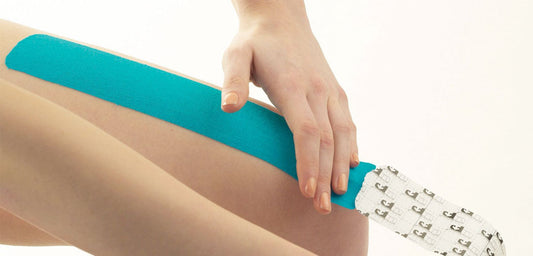We have a wide range of specialist knee supports and braces. Use the filters below for specific injuries or types. All Ultimate Performance knee supports are classified as Class 1 Medical Devices.
Choosing knee supports
Knee supports come in a range of different types. Choosing the right one for you can be challenging. Here we explain the different types and what they are most suitable for.
Class 1 medical devices
All Ultimate Performance knee supports are classified as Class 1 Medical Devices. This means the Medical & Healthcare products Regulation Agency (MHRA) registers them. As a result, they confirm our products meet strict criteria. Specifically thorough testing, with evidence based research proves they are safe and effective.
Elastic compression sleeve
Simple elastic knee supports offer the lowest level of support. They are often a simple elastic compression sleeve. Although the support level is lowest they are ideal immediately after a joint injury where cold therapy and compression is the priority.
As they are made of elastic compression material as opposed to neoprene they do not retain as much heat, but have excellent compression.
Ultimate Performance also have a range of more technical knee supports made from elastic.
Neoprene knee supports
These are similar to elastic knee supports (above) but made of neoprene. Neoprene is thicker than elastic so gives slightly more support. It is also excellent for retaining body heat, which aids healing after the initial acute phase, especially for tendon related injuries.
Stabilised knee supports
These offer a higher level of support with additional straps or springs at the sides. They offer excellent support to the joint, without being as restrictive as a full hinged brace. They are ideal for mild knee ligament injuries, or for returning back to training following a knee injury.
As they do not have any solid or exposed metal inserts they are suitable for contact sports such as football.
Hinged knee braces
Hinged knee braces offer the highest level of support. They have solid metal supports down the sides which are hinged at the knee joint to allow movement. Whilst they give the greatest support, they are a little more restrictive than stabilised knee supports or simple elastic/neoprene knee sleeves.
They are recommended following more severe knee ligament injuries, especially to help prevent sideways or lateral movement of the knee.
Wrap around vs specific size knee supports
Whether to go for a wrap around or a sized support is often down to personal preference. With a good wrap around support you can adjust the level of compression to suit. This might be useful if you have significant swelling which is likely to go down.
If you want maximum support and you know your size then a size specific brace might be the one for you.
Patella tendon straps
These specialist supports are designed specifically to help treat patella tendon injuries such as Jumper’s knee (also known as Patella tenonitis/tendinopathy) and Osgood Schlatter disease.
They apply compression to the patella tendon which changes how the forces transmit through the tendon, therefore reducing the strain on the injured part. Higher quality patella tendon straps have plenty of padding around the back of the strap making them more comfortable.
Iliotibial band strap
These apply pressure above the knee, across the iliotibial band at the side. They work in the same way as a patella tendon strap, applying pressure to the tendon, reducing the strain.
Patella tracking knee braces
These aid the natural tracking of the patella (kneecap). This occurs if you develop a quadriceps muscle imbalance. The patella moves out of its natural groove. As a result it rubs on the bone underneath causing pain, swelling and inflammation.
The patella tracking brace is padded at the sides of the patella. Therefore, when pulled tight they help exert a lateral (sideways) force to encourage the patella to drift back in its correct position.
Knee supports for specific injuries
View products we recommend for specific injuries:



